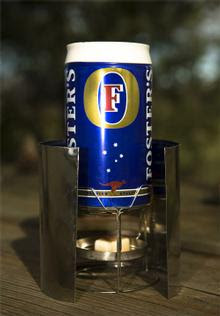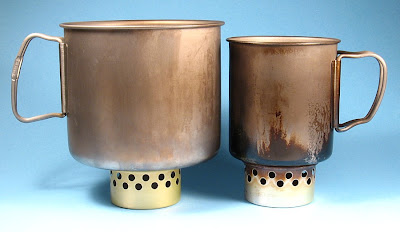So I was considering going off of the meal plan this summer. I have a week and a half to kind of make the decision, and while I've decided that access to amenities will most likely keep me on campus, the issue of whether or not it is economical to try and feed myself [or run the risk that I continue to pay the same amount as everyone else with the limited resources in dining services makes available and risk being frustrated] is something that I certainly can't ignore. I don't know that I can take another hungry summer, especially since summer is 12 weeks and meals will only be offered for 8 of them. A friend of mine is planning on going off campus and offered to let me cook meals there under the stipulation that I cook meals [to which i agreed so long as those meals did not contain meat.] i came up with the idea of grilling vegetables and veggie burgers or building a separate veggie pan with a long handle but it appears that someone has already beat me to the punch. I wanted to see whether they have cast iron, ceramic or stainless steel fryer inserts, but to be honest I have a lot of homework to do, so I'm not going to stay up late going through that. My amazing journey led me to a much cheaper and inventive option, which i discovered trying to learn how to make a my own hibachi stove.
Making stoves out of empty cans, which i think is much more sustainable [although i'm not sure whether the cans can be recycled once they've been used. but i don't see why not....] anyway, here are some great models that i've found.
the journey starts at wikipedia

How to Make a Simple Beverage Can Stove
Try making your own easy, lightweight and portable cooking stove from used aluminum beverage cans. This project costs virtually nothing to create and it will cook for up to 15 minutes. This is a really simple version of the beverage can stove. Other versions can be more complicated but this one works well despite its simplicity. You will be creating a top half and a base half from two different beverage cans, both halves which are then telescoped together to create a small, solid, lightweight stove. The steps outline creating the base and the top halves of the stove and slotting them together. The article also provides steps on priming and ignition of your stove.
How to Make a Top Burning Alcohol Stove
aka - The Pepsi Can Stove
lists advantages and drawbacks to using a diy portable stove.

for those of you who take your diy a little more seriously....
we have:
Introduction to the Pika Alcohol Stove System
The Pika stove is a new arrival into the wilderness. Using most any type of beverage can available, you can build an ultralight alcohol stove system to suit your hiking needs.
The Pika stove is a passive air-laminar flow intake type stove, versus the pressurized Pepsi stove. The Pika is fuel efficient, lightweight, and easy to build using simple tools. There are several sizes of pikas that can be built: the smallest, the solo models, use Coors cans or 12 oz soda cans, then the Mad Pika uses 24 oz beer cans, and the largest is the Fat Pika made from Foster beer cans. The two smaller stoves are perfect for the solo hiker, and the larger size pikas can serve as big boilers when needed. The cat stove by Roy Robinson is the first passive air alcohol stove I built. It taught me well, and inspired me to design my own stove. This site will cover construction methods lightly, and will present many ideas that you can apply to any stove construction project. I prefer to let the builder study the photos and ideas rather than focus on deep construction details. Pika stoves require two beverage cans of equal type, and one smaller can for the fuel bowl. Ultralight alcohol stoves are easier to make than you ever believed.
Zen Backpacking Stoves

But some people take this super seriously. so i didn't want to leave you without some input from the pros...
A simple-to-make, hot-burning, backcountry stove
The Super Cat Alcohol Stove
These guys have broken out all of the stops testing beer can stoves, stoves made from cat food cans, recorded burning length and recorded temperatures. It doesn't get more empirical than that. This will be good stuff to know in the event of any more natural disasters.


0 comments:
Post a Comment